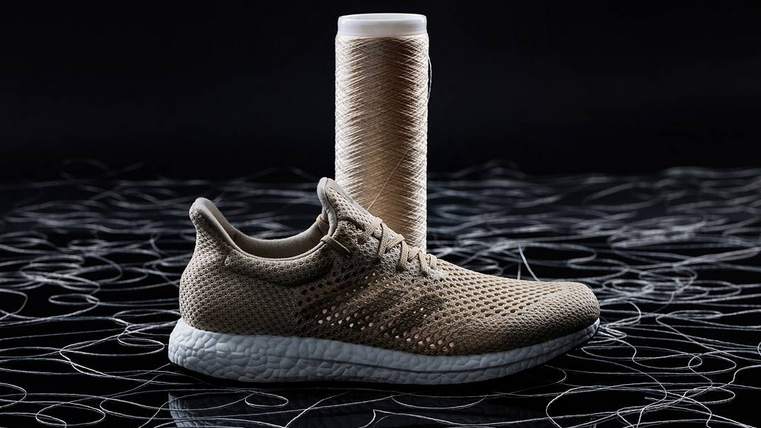The AMSilk industry has developed a fiber production method that simulates the composition of spider webs, resulting in a material with high physical properties, completely biodegradable and eco-friendly.
The production of super strong fibers is an attractive target for the textile industry, the desirable result is a material that mimics the properties of the spider web. Spiders, through special glands, produce a fiber composed of special proteins called MaSp1 and MaSp2. The final cloth has a high breaking strength, comparable to a high quality steel fiber, but with a lower density. Biosteel is the first commercial product to reproduce the properties of natural canvas.
How it is produced
The product is the result of intensive research in genetic engineering field. The first steps were taken in the laboratory of Prof. Randy Lewis of the University of Wyoming. The researchers isolated the genes responsible for the production of the two proteins MaSp1 and MaSp2 from Nephilia clavipes, a common spider in South and North American known as the banana spider. The two genes were then used to create a chimera of the bacterium escherichia coli, obtaining the first encouraging results. Subsequently, the research was implemented by Nexia Biotechnologies, a company based in Montreal. The researchers were able to combine the spider genes with the DNA of the sheep to obtain a transgenic species. These sheep produce milk rich in MaSp1 and MaSP2 proteins, which are then extracted and purified by techniques such as chromatography. The purified proteins are then dried, dissolved in solvents and transformed into microfibers ready for final processing.
Physical properties
Spun fibers, compared to steel fibers of the same weight, are 7-10 times stronger and can stretch 20 times their unaltered size without losing physical properties. The material also has high temperature resistance, maintaining its properties between -20°C and 330°C. The yarn is 100% natural, biodegradable, hypoallergenic and soft to the touch.
Potential employment
The use of Biosteel is potentially unlimited. A practical example already on the market is the 2016 agreement between AMSilk and adidas for the production of biodegradable shoes for the Futurecraft Biofabric line. In the medical field, the material is perfect for producing artificial ligaments and tendons due to its elastic properties and biocompatibility. The U.S. Navy has shown interest in producing Biosteel-based tools in order to stop boats with special nets. Another field where the potential is very high concerns the textile industry, where Biosteel can replace synthetic fibers by providing clothing with better properties, completely recyclable and therefore more eco-friendly.
Read and share other news by browsing The Patent
